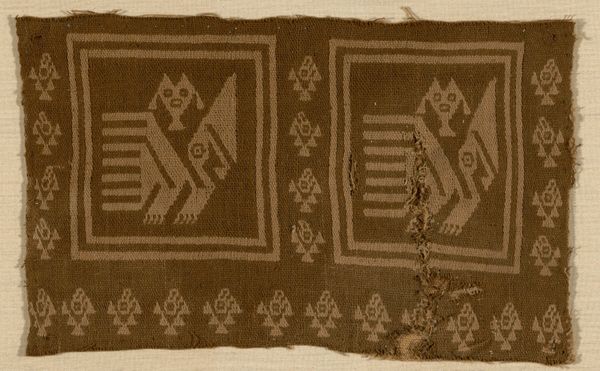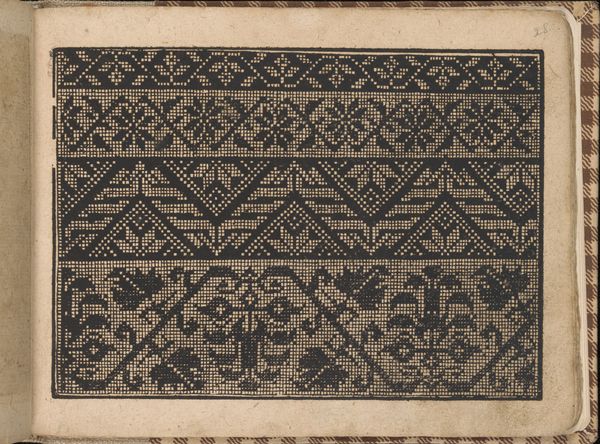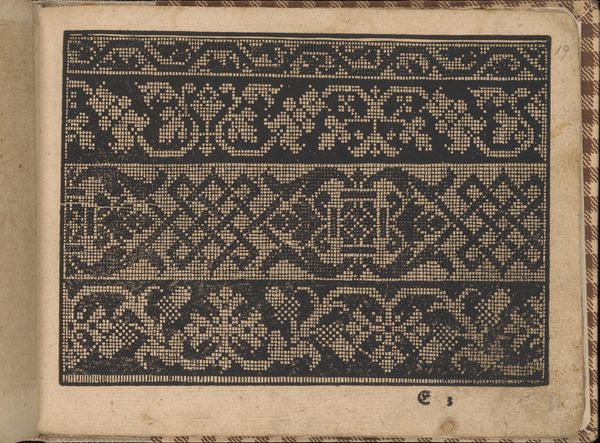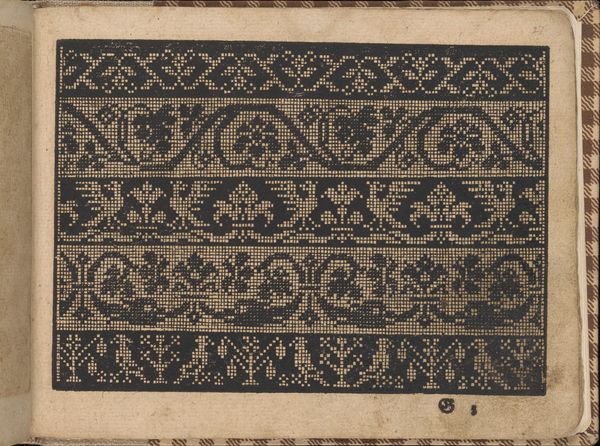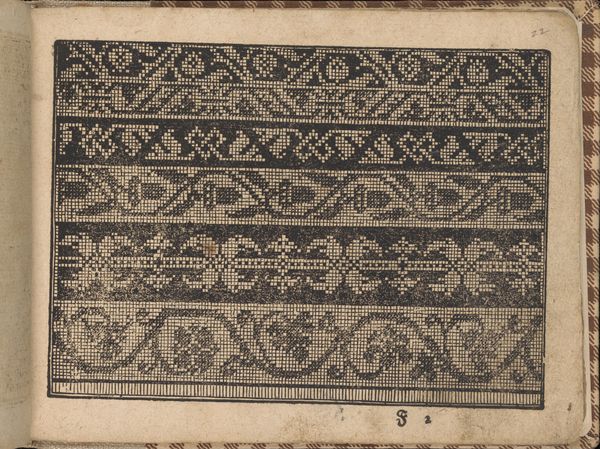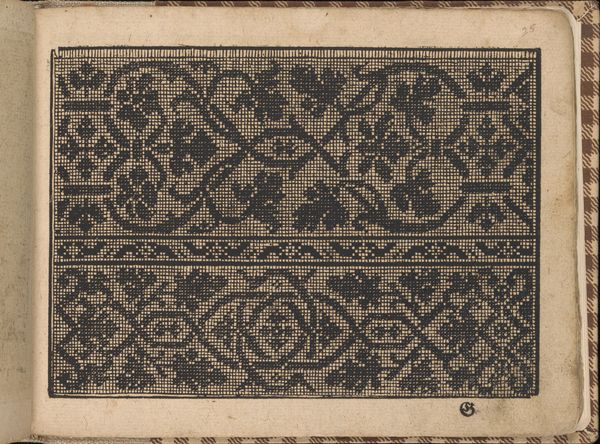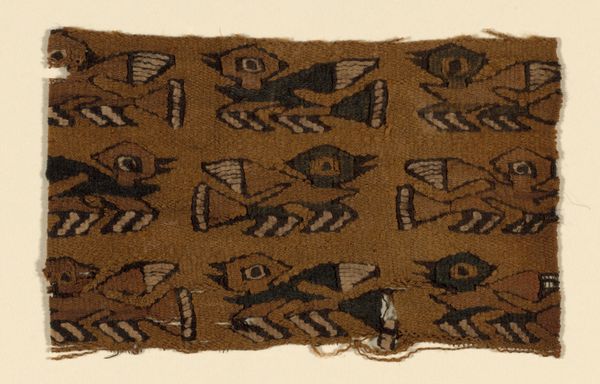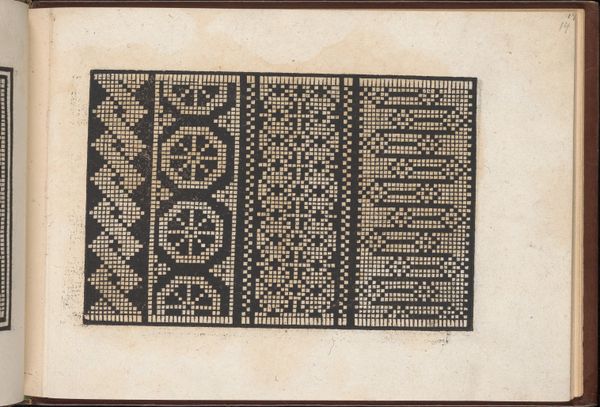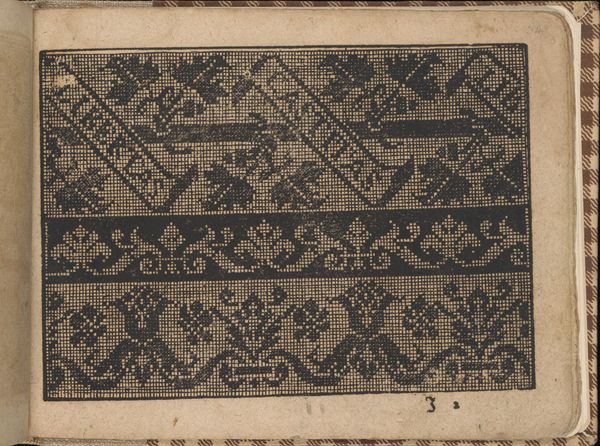
fibre-art, weaving, textile
#
fibre-art
#
weaving
#
textile
#
geometric
#
indigenous-americas
Dimensions: 40.6 × 25.4 cm (16 × 10 in.)
Copyright: Public Domain
Editor: We’re looking at a textile fragment from the Chancay culture, made sometime between 1000 and 1476. What strikes me immediately is the repeated geometric pattern—almost like stylized fish—and the raw, aged condition of the fabric. What do you see in this piece beyond the obvious? Curator: Well, this "fragment," as it's modestly labeled, is actually a powerful window into the complex world of Chancay textile production and its societal role. Think about the labor involved, the specialized knowledge passed down through generations. These weren't just decorative; textiles like this held immense cultural and perhaps even political significance. Who do you think this was made for, and what makes you say that? Editor: Considering the detail and skill involved, I'd guess it wasn't everyday wear, maybe someone important? The geometric design feels intentional, not random, signifying meaning and status. Curator: Exactly. The textile may have served as a marker of identity and status. Furthermore, museums and collectors influence how these objects are perceived today, detaching them from their original context. Our appreciation becomes filtered through Western art historical lenses. Should museums exhibit these kinds of artifacts differently? Editor: That’s a good point! By stripping away the object's function, displaying a piece like this turns it into art divorced from the lives it once touched. Curator: Precisely. These geometric forms are not just pretty; they represented complex ideas and power structures. A deeper understanding comes from considering the socio-political forces at play. Editor: I hadn’t considered the curatorial impact on meaning. Thanks for highlighting the history embedded not just in the art itself, but in its presentation! Curator: And for me, it’s realizing anew the active role of institutions in constructing, sometimes distorting, narratives around objects like these.
Comments
No comments
Be the first to comment and join the conversation on the ultimate creative platform.
